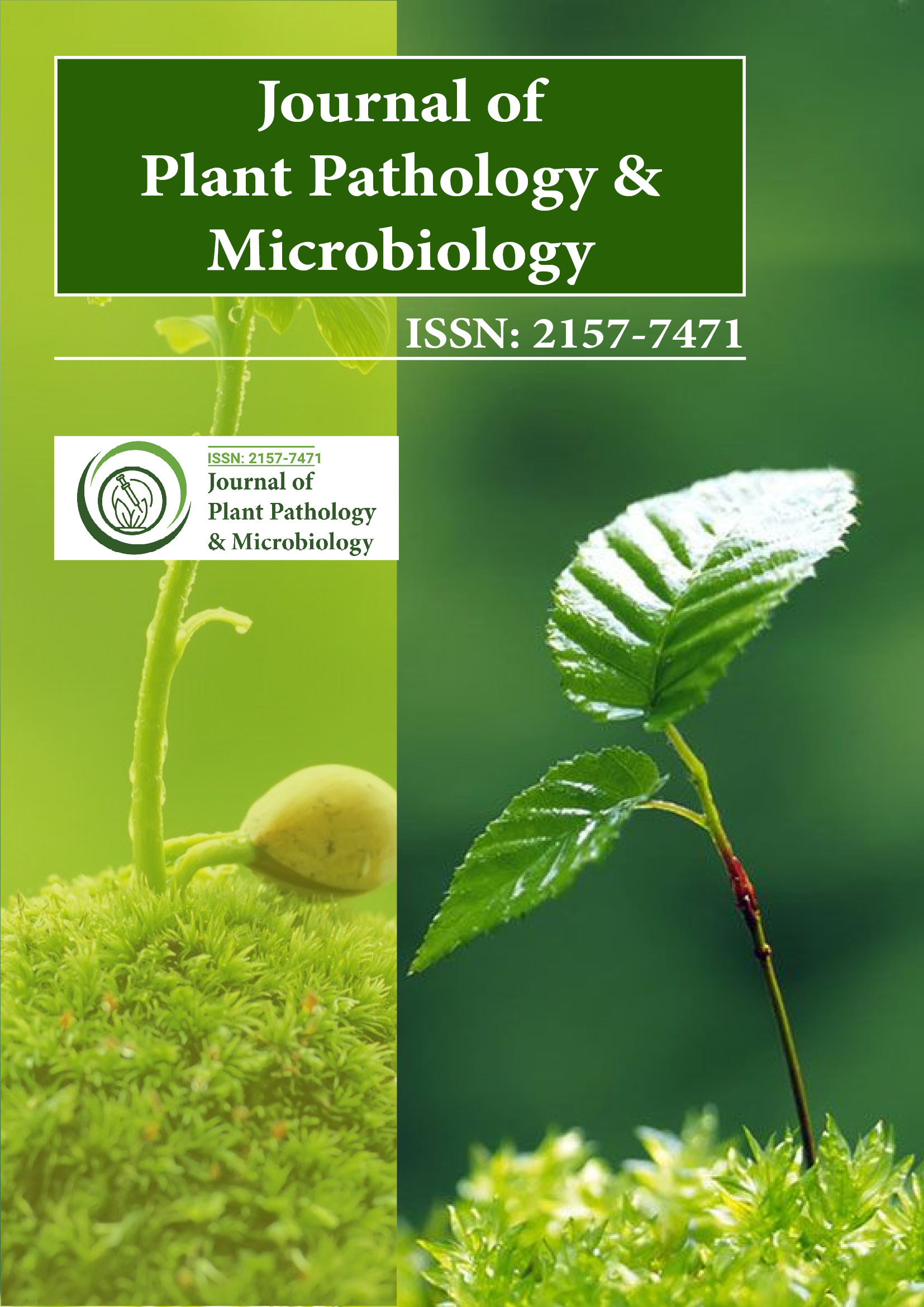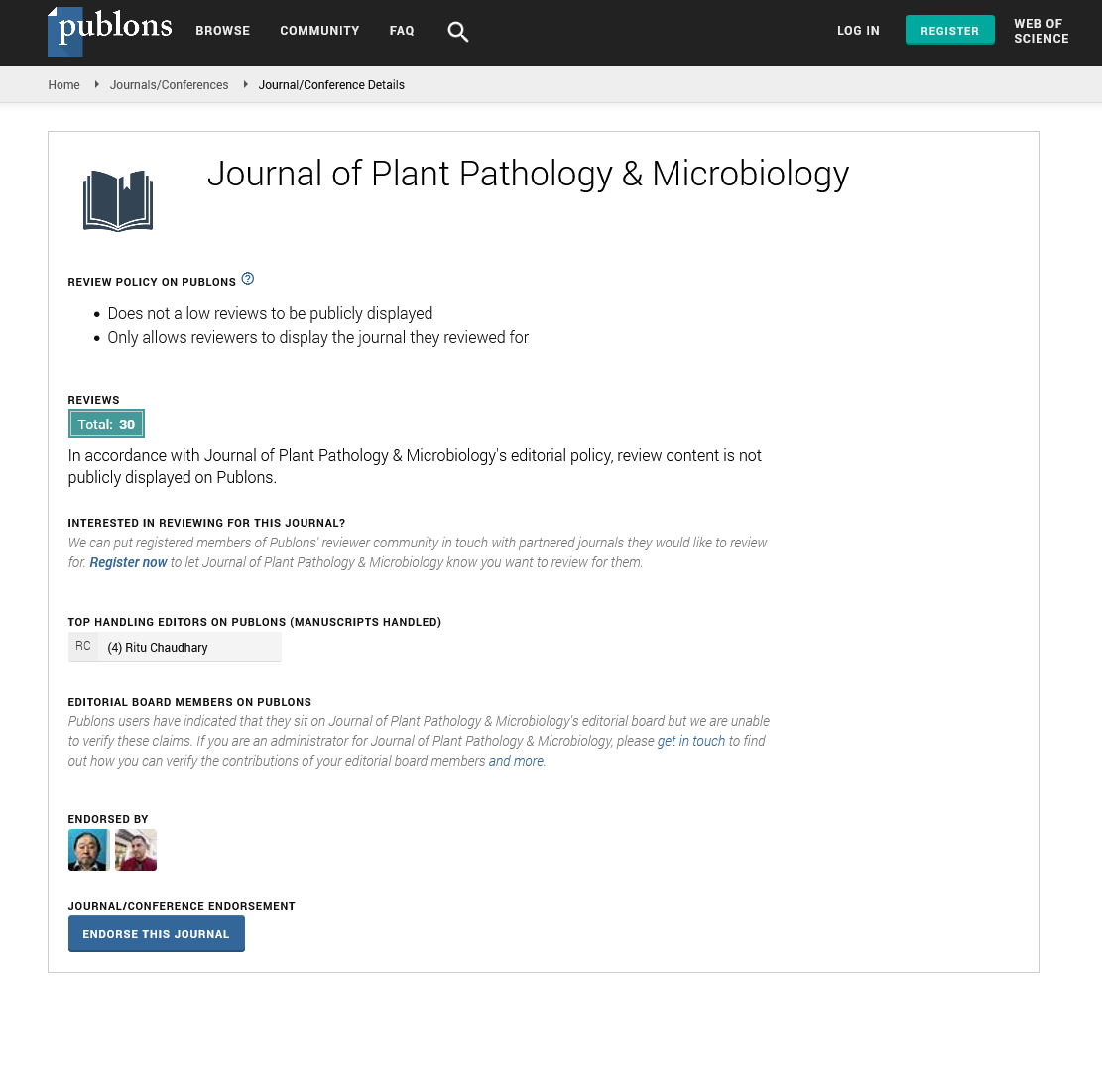Indexed In
- Open J Gate
- Genamics JournalSeek
- Academic Keys
- JournalTOCs
- CiteFactor
- Ulrich's Periodicals Directory
- Access to Global Online Research in Agriculture (AGORA)
- Electronic Journals Library
- Centre for Agriculture and Biosciences International (CABI)
- RefSeek
- Directory of Research Journal Indexing (DRJI)
- Hamdard University
- EBSCO A-Z
- OCLC- WorldCat
- Scholarsteer
- SWB online catalog
- Virtual Library of Biology (vifabio)
- Publons
- Geneva Foundation for Medical Education and Research
- Euro Pub
- Google Scholar
Useful Links
Share This Page
Journal Flyer

Open Access Journals
- Agri and Aquaculture
- Biochemistry
- Bioinformatics & Systems Biology
- Business & Management
- Chemistry
- Clinical Sciences
- Engineering
- Food & Nutrition
- General Science
- Genetics & Molecular Biology
- Immunology & Microbiology
- Medical Sciences
- Neuroscience & Psychology
- Nursing & Health Care
- Pharmaceutical Sciences
Perspective - (2025) Volume 16, Issue 2
Hidden Gene Effects in Wheat Due to Genome Complexity
Tony Smith*Received: 26-May-2025, Manuscript No. JPPM-25-29744; Editor assigned: 28-May-2025, Pre QC No. JPPM-25-29744 (PQ); Reviewed: 11-Jun-2025, QC No. JPPM-25-29744; Revised: 18-Jun-2025, Manuscript No. JPPM-25-29744 (R); Published: 25-Jun-2025, DOI: 10.35248/2157-7471.25.16.757
Description
Wheat, one of the most widely cultivated cereals globally, possesses a unique genetic architecture due to its hexaploid nature. This complexity gives wheat the unusual ability to "mask" certain genes from the effects of natural or artificial selection. Through genetic redundancy and chromosomal buffering, wheat can carry potentially deleterious or neutral alleles for generations without any noticeable effect on phenotype. This article explores how the genetic composition of wheat allows it to shield specific genes, how this influences breeding outcomes and the broader consequences for crop improvement strategies.
This genetic setup means that each gene typically has three homeologs copies of the gene from each ancestral genome rather than the two found in diploid species. As a result, mutations or functional changes in one copy of a gene may be "hidden" by the other two, creating a layer of buffering against selection pressure. This characteristic provides wheat with a degree of genetic resilience but also introduces challenges for breeders attempting to understand gene function and improve crop traits.
Wheat’s hexaploid genome structure
Bread wheat has a total of 42 chromosomes, grouped into seven homoeologous groups across its three subgenomes (A, B and D). This genome organization stems from two hybridization events: first between the A and B genomes (forming tetraploid durum wheat), followed by the introduction of the D genome, creating the hexaploid species cultivated today.
Because of this polyploidy, most genes in wheat exist in three copies. These homeologs are often similar in sequence and may perform overlapping functions. In some cases, all three copies are active; in others, one or two may be silenced or have reduced activity. The net effect is that a mutation or alteration in one homeolog may not result in a visible phenotype if the others maintain sufficient function.
Masking mutations from selection
In diploid plants, mutations in important genes are usually subjected to immediate selective pressure. Deleterious mutations reduce plant fitness and are typically eliminated, while beneficial mutations are retained and spread. In contrast, wheat’s polyploid nature allows it to accumulate mutations silently.
For instance, a mutation in a disease-resistance gene on the A genome may have no effect if the B and D genome copies continue to provide protection. This buffering means that mutations can persist across generations without manifesting in observable traits. As a result, breeders may overlook such mutations, even if they have the potential to influence plant performance under certain conditions or in combination with other genetic changes.
Hidden variation as a genetic resource
Although masking makes breeding more complex, it also presents an advantage: wheat may harbor a large pool of silent or cryptic variation. This reservoir of genetic diversity can be tapped under specific environmental conditions or through targeted manipulation.
Environmental stress often disrupts the balance among homeologs. For example, drought or heat may downregulate one genome more than others, revealing phenotypic effects of mutations that are otherwise silent. Additionally, hybridization with wild relatives or landraces may introduce new variation into these masked loci, potentially leading to useful traits that were previously dormant.
Understanding how and when masked genes become active can provide new avenues for developing stress-tolerant, high-yielding varieties.
Evolutionary perspective
From an evolutionary standpoint, wheat’s ability to hide genes from selection may have contributed to its adaptability. By maintaining multiple gene copies with overlapping but not identical functions, wheat can buffer against harmful mutations while maintaining potential for evolutionary change. Over time, mutations in one copy can accumulate and later be expressed under certain circumstances, offering flexibility in response to environmental changes.
This evolutionary buffer likely played a role in wheat’s global spread and adaptation to diverse climates. While many crops struggle to perform outside their original habitats, wheat has been cultivated in regions ranging from the humid tropics to the cold steppes of Central Asia. Its genome structure may help explain this success.
Wheat has evolved a sophisticated genome structure that allows it to hide certain genes from the effects of selection. This characteristic, stemming from its hexaploid nature, can delay the expression of mutations and maintain silent variation across generations. While this makes breeding and trait analysis more challenging, it also provides a vast pool of potential genetic resources. By leveraging modern genomic tools, researchers can now explore and manipulate these hidden genes, offering new opportunities for enhancing wheat productivity, stress tolerance and quality traits. Understanding how wheat conceals and reveals its genetic variation is a key step toward more effective and efficient breeding strategies.
Citation: Smith T (2025). Hidden Gene Effects in Wheat Due to Genome Complexity. J Plant Pathol Microbiol. 16:757.
Copyright: © 2025 Smith T. This is an open-access article distributed under the terms of the Creative Commons Attribution License, which permits unrestricted use, distribution, and reproduction in any medium, provided the original author and source are credited.

